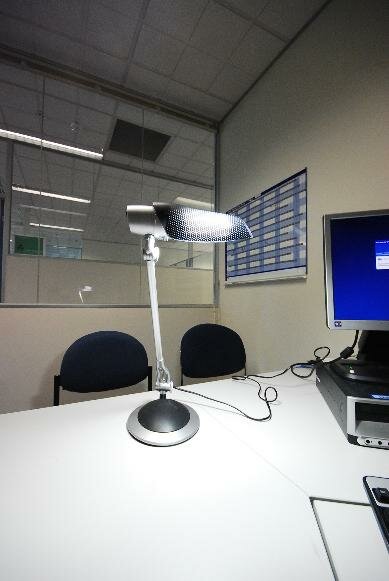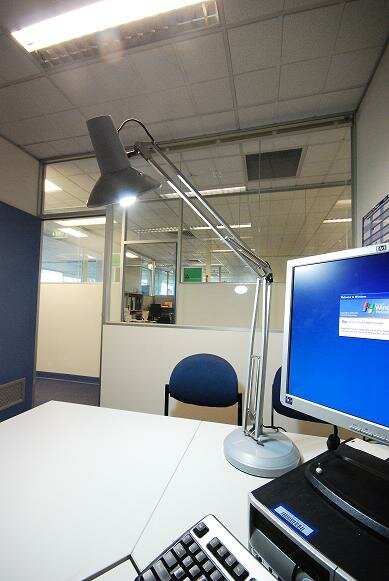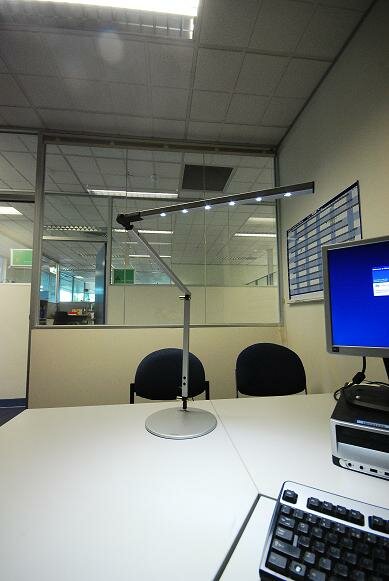This blog aims to show how improving water and resource efficiency within a business not only improves the environment but also a business’s bottom line.
Australia is the driest inhabited continent in the world yet we have the highest consumption per person in the developed world, we also have extremely poor recycling practices with less than 3% recycling of waste water in Australia. Much of the reason for this excessive usage and indiscriminate wastage is due to the commonly accepted belief that we could never run out of water nor over pollute water bodies. Our water resources have been exploited since European settlement to promote economic and demographic growth and employment generation with no thoughts toward long term sustainability.
Improving the way we use water in daily business operations has an immediate impact on the environment by reducing the depletion of our rivers and catchments and at the same time reducing the disposal of this water into the marine environment where it causes widespread environmental damage. Environmental improvement is essential for a sustainable future in Australia, but what part should business play in bringing this about?
Improving the environment goes hand in hand with improving business performance. In fact you can’t have one without the other. Both are about using resources effectively. Businesses use various resources e.g. the workplace, labour, utilities and consumables. Importantly the use of all of these resources has associated costs that directly affect the profitability of business. So it makes sense to use all of these resources as effectively as possible.
Businesses that improve their business performance by reducing their use of resources not only are better able to compete in the market place but are indirectly reducing the depletion or pollution of our environment.
To demonstrate this take this example for water- A business pays to purchase water and pays to have the same water disposed into the ocean. There are costs associated at both ends. If you can reuse the wastewater you produce (e.g. for plant watering), you can reduce costs associated with its disposal. If however, you can reduce the amount of water you use in the first place you reduce both the costs for its purchase and disposal. This is the same with all resources, whether it is energy, consumables/waste or water. When you consider that unseen leaks are a major area of water consumption in businesses, you can see that business can unnecessarily be wasting money and resources at the expense of the business itself and the environment. Reducing consumption at the source is the key!
Reducing resource usage is therefore an excellent opportunity for businesses to be competitive and save the environment. But there is another benefit that can be gained from a business improving its resource use, namely selling these environmental improvements to the customers to increase market share. Customers increasingly want environmental accountability from business and there is no better way than doing it than reducing resource use.
Business operators typically understand the benefits in being “seen to be green”, but often miss the opportunity available by not reaping the financial savings that can be gained with environmental improvement.
Ultimately, it is up to individual businesses to pursue resource efficiency and derive the full benefits from improvements to their resource use. As a whole however businesses will become more resourceful and greener in the future. The reason for this is that businesses that don’t simply won’t be able to survive in a highly competitive and frugal market place.






